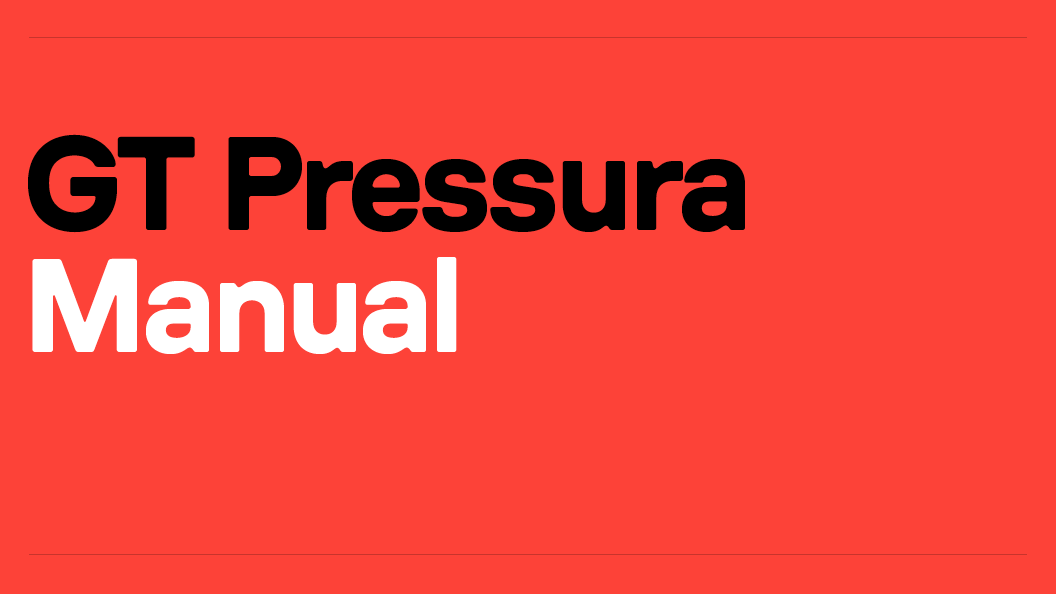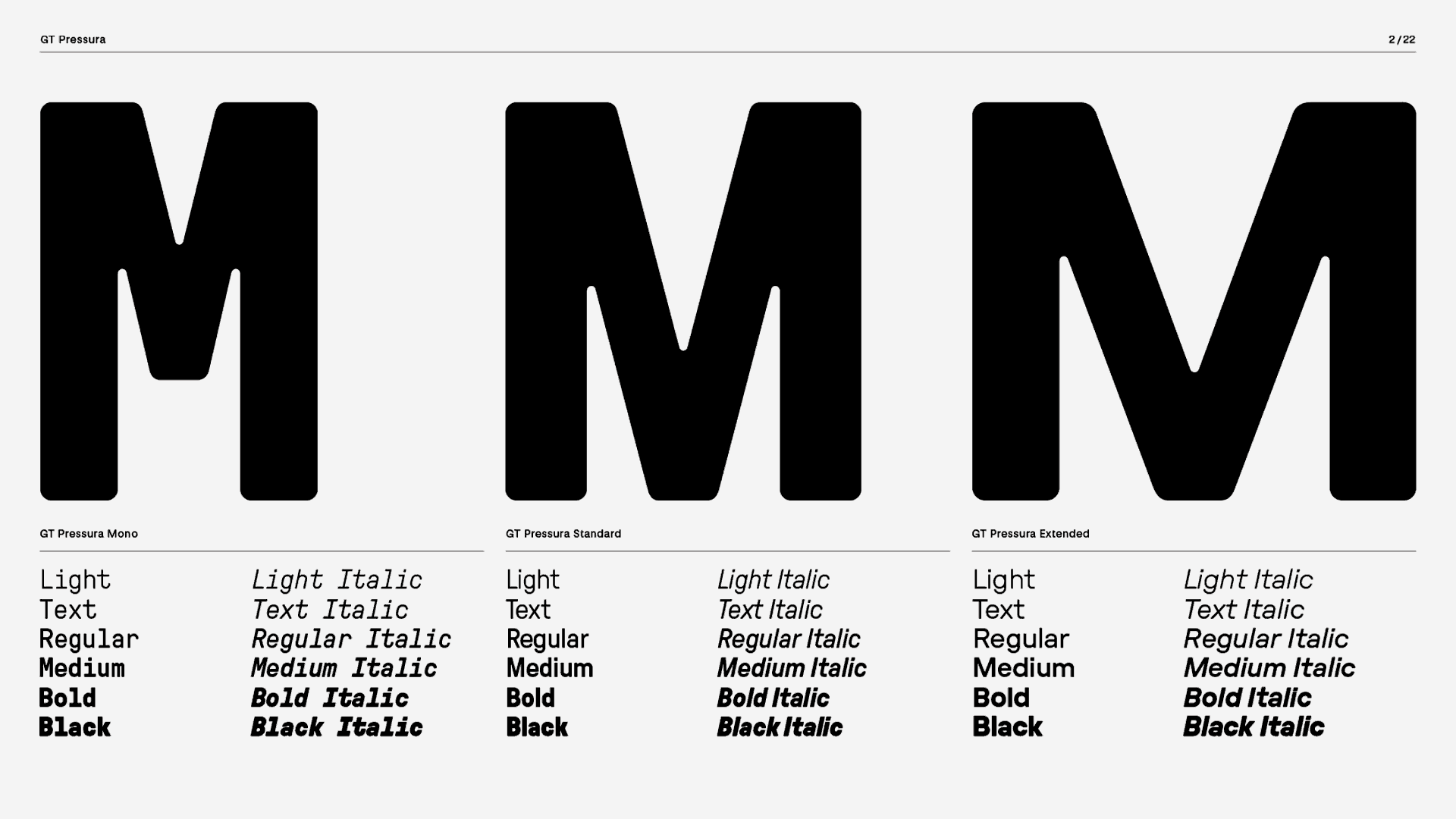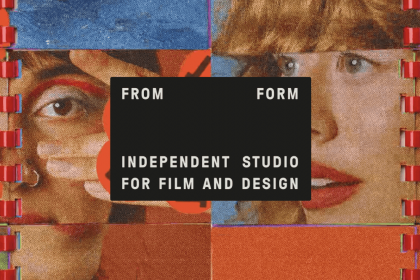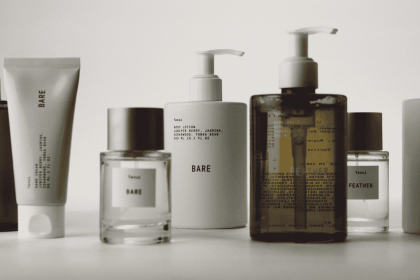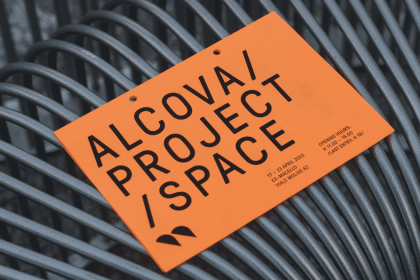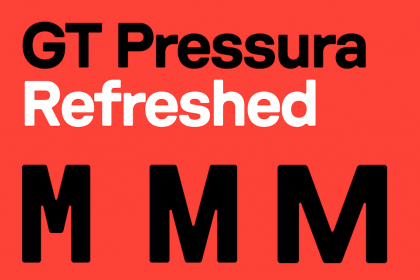GT Pressura
Family overview
- Standard
- Light Italic
- Text Italic
- Regular Italic
- Medium Italic
- Bold Italic
- Black Italic
- Mono
- Light Italic
- Text Italic
- Regular Italic
- Medium Italic
- Bold Italic
- Black Italic
- Extended
- Light Italic
- Text Italic
- Regular Italic
- Medium Italic
- Bold Italic
- Black Italic
Subfamilies
- Standard LightΟι εγκαταστάσεις αυτές ονομάζονται διεθνώς Κοντέινερς τέρμιναλς.
- Standard Light ItalicConstruction of these containers had a steel frame with wooden walls, floor, roof and doors. The first international standard for containers was established by the Bureau International
- Standard TextThe Liverpool and Manchester Railway in the United Kingdom was one of these. "Simple rectangular timber boxes
- Standard Text ItalicThe common heights are 8 feet 6 inches (2.6 m) and 9 feet 6 inches (2.9 m) – the latter are known as High Cube or Hi-Cube containers. Just like cardboard boxes and pallets, these
- Standard RegularJapan Post Service, Tokyo, Japan, 2007 Norio Kitamura
- Standard Regular ItalicΞηρά φορτία χαρακτηρίζονται όλα τα στερεά φορτία εκτός των υγρών φορτίων, όπως είναι τα διάφορα συσκευασμένα εμπορεύματα.
- Standard MediumIt was 8 ft 6 in (2.59 m) long, 6 ft 3 in (1.91 m) wide, and 6 ft 10 in (2.08 m) high, with double doors on one end, was mounted on skids, and had lifting rings on the top four corners.
- Standard Medium ItalicUnder the supervision of Tantlinger, a new 35 ft (10.67 m) x 8 ft (2.44 m) x 8 ft 6 in (2.59 m) Sea-Land container was developed, the length determined by the maximum length of trailers then allowed on Pennsylvanian highways.
- Standard BoldWhy can’t we give love, give love, give love, give love, give love, give love, give love, give love?
- Standard Bold ItalicSchenker AG, Berlin, Germany, Founded by Gottfried Schenker 1872 in Vienna
- Standard BlackAn intermodal container is a large standardized shipping container, designed and built for intermodal freight transport, meaning these containers can be used across different modes of transport – from ship to rail to truck – without unloading and reloading their cargo.
- Standard Black ItalicIntermodal containers exist in many types and a number of standardized sizes, but ninety percent of the global container fleet are so-called "dry freight
- Settings
Typeface information
GT Pressura is inspired by metal type printing history as well as engineered letters stamped onto shipping boxes. It uses the visual gesture of ink spreading under pressure as a stylistic device, offering an alternative to more spindly typefaces of the digital age.
Typeface features
OpenType features enable smart typography. You can use these features in most Desktop applications, on the web, and in your mobile apps. Each typeface contains different features. Below are the most important features included in GT Pressura’s fonts:
- TNUM
- Tabular Figures
13.07.2048
- SS01
- Alternate a
React
- CASE
- Case sensitive forms
¿TE GUSTA?
Typeface Minisite
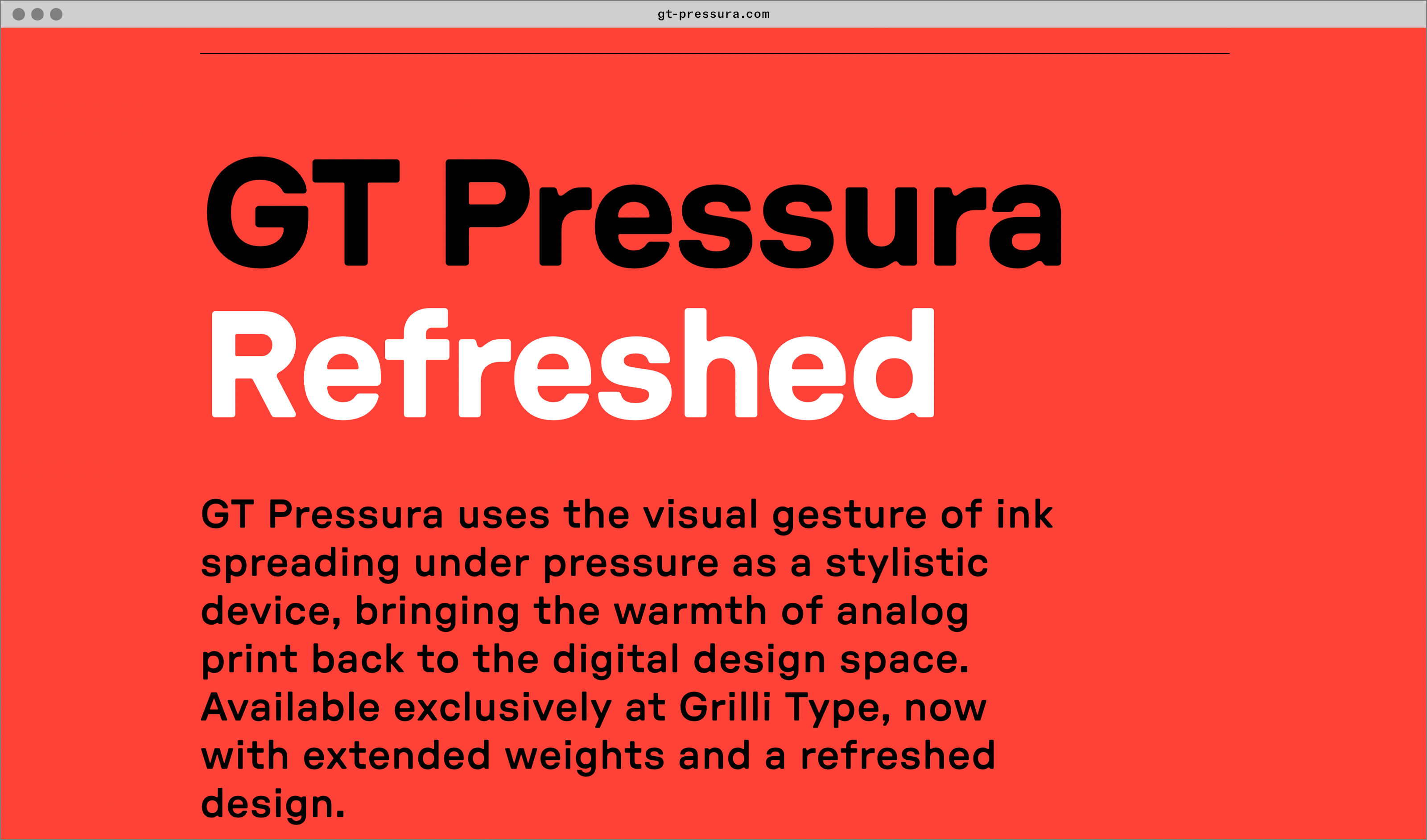
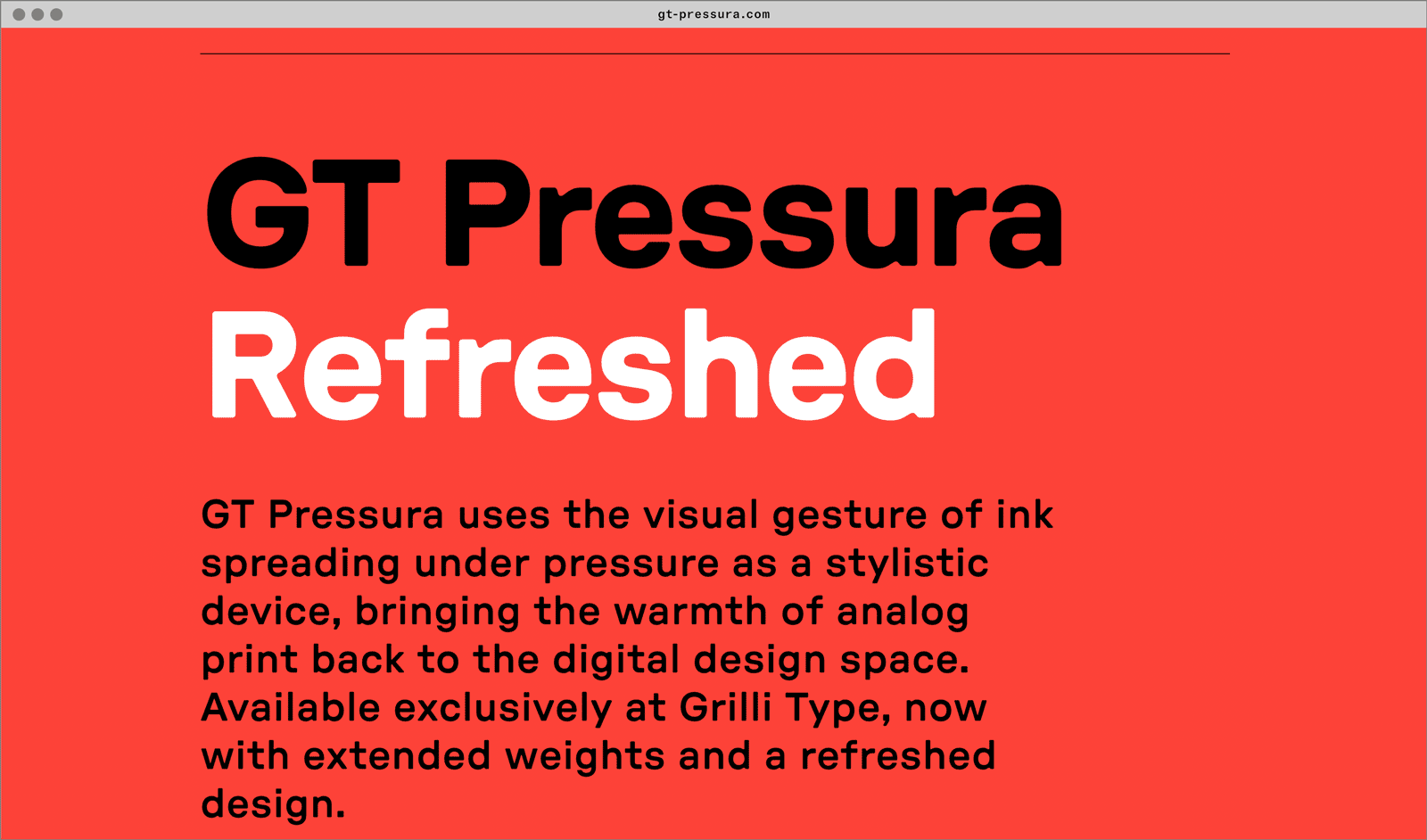
- Visit the GT Pressura minisite to discover more about the typeface family’s history and design concept.
GT Pressura in use
